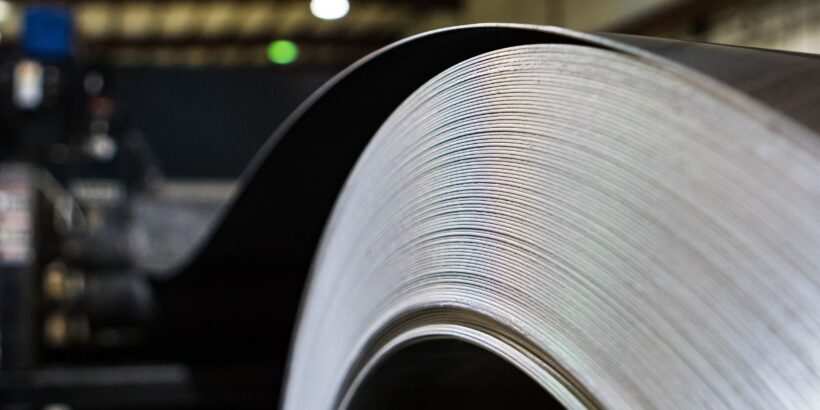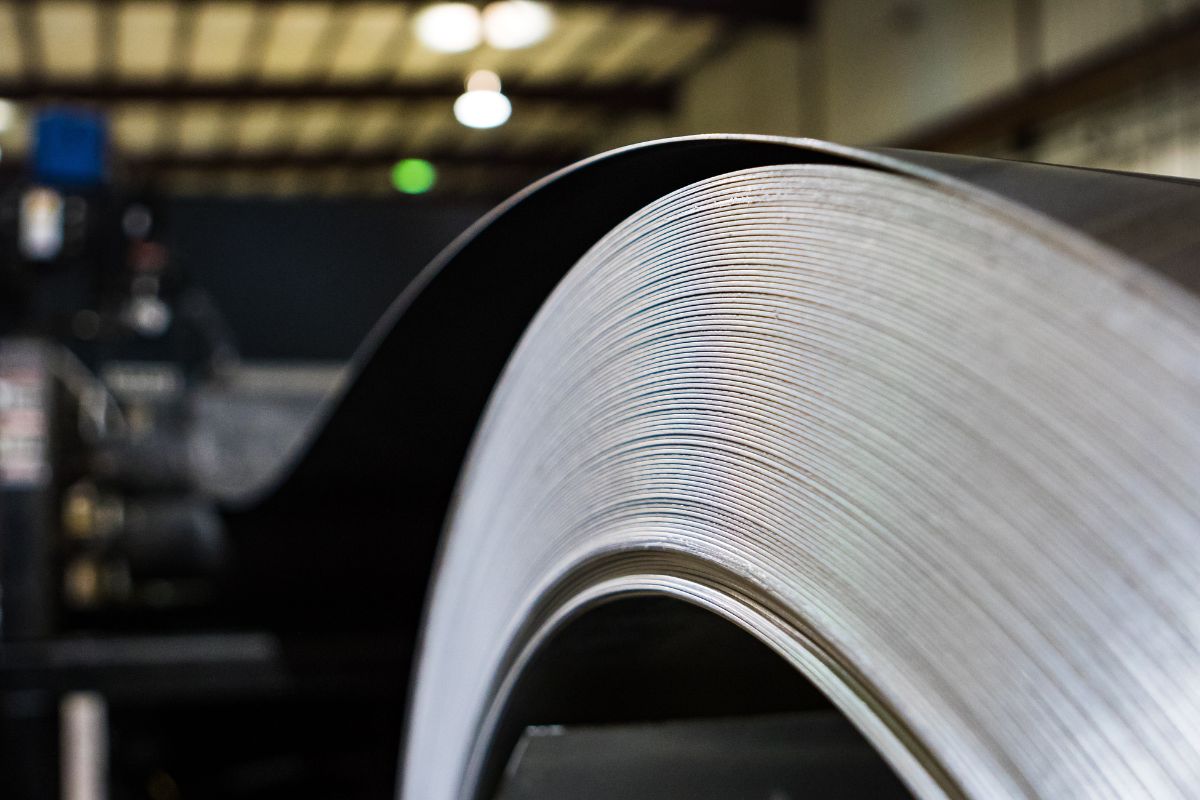In a competitive business environment, entrepreneurs constantly seek the most effective strategies to increase manufacturing production capacity. Enhancing productivity is crucial to maintaining a competitive edge, improving profitability, and ensuring long-term growth. Explore some actionable approaches to achieve these goals in the manufacturing sector.
Automating the Production Process
Automation is one of the driving forces behind modern manufacturing. The benefits of automating the production process are immense, leading to higher efficiency, reduced labor costs, and increased capacity. When your business wants to increase production, this is a sign that you should automate your manufacturing equipment.
Implementing automated systems, such as robotics and advanced machinery, can streamline the production process, minimizing the need for manual intervention and reducing the risk of human errors. These systems can work around the clock, providing consistent results and enabling rapid production rates.
Apart from hardware, digitization and software integration can further optimize production processes. Enterprise Resource Planning (ERP) systems can help manage resources and scheduling while tracking inventory levels, ensuring smooth operations and real-time oversight.
Moreover, automation can result in a higher quality of finished products as robotic systems are less likely to make mistakes when operating within their programmed parameters. This can lead to reduced waste rates and less need for costly rework.
Workforce Training and Skills Development
An educated and skilled workforce is essential for achieving manufacturing productivity gains. Providing continuous on-the-job training programs helps to ensure that employees stay up to date with the latest industry practices and technologies. Courses and certificate programs offered by industry organizations may also prove valuable in enhancing the required skill sets for specific roles.
Apprenticeship programs are another effective approach to developing a highly skilled workforce, particularly in specialized manufacturing sectors. Pairing experienced technicians with new or less experienced employees can be a mutually beneficial arrangement that imparts valuable hands-on skills and knowledge to the next generation of workers.
Process Optimization
A thorough review of manufacturing processes can highlight inefficiencies and reveal opportunities for optimization. Implementing lean manufacturing techniques—such as eliminating waste, just-in-time inventory management, and continuous improvement—can create a streamlined and efficient production line.
Value Stream Mapping is another tool that helps to visualize the entire production process, identifying bottlenecks and areas requiring improvement. By reducing downtime and waste during production, process optimization efforts lead to higher productivity and cost savings.
Expanding Production Facilities
In some cases, expanding facilities or building new production lines might be necessary to accommodate growing demands or to introduce new products. When considering expansion, planning for the future and evaluating ROI from the investment is crucial. Consider factors such as utility infrastructure, transportation logistics, local workforce availability, and local regulations when selecting a location for an additional facility.
Equipping your business with the necessary strategies to increase manufacturing production capacity can lead to higher efficiency, cost savings, and improved competitiveness. Investing in automation, workforce training, process optimization, and expanding facilities is crucial for any manufacturing business owner seeking sustainable growth and profitability. By implementing these strategies, your manufacturing operation will be better equipped to tackle the challenges of a dynamic and rapidly evolving industry.

